Wyoming’s Health Chief: Big DC Bill Brings Cash for Rural Care, But Marketplace Pain Ahead
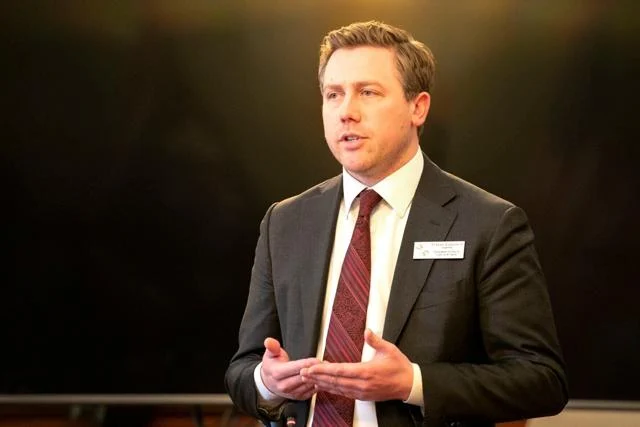
With input from WV News and Wyoming Tribune Eagle.
Wyoming’s top health official sketched out what the federal “One Big Beautiful Bill Act” means for the state — and it’s a mixed bag with more upside than not.
On Tuesday, Wyoming Department of Health (WDH) Director Stefan Johansson briefed lawmakers on the Legislature’s Subcommittee on WDH Budget. The goal: set expectations and help shape the agency’s budget request ahead of February’s session.
While many states are bracing for tighter Medicare and Medicaid dollars, Johansson said Wyoming won’t feel much of that pinch. Why? Wyoming is one of just 10 states that hasn’t expanded Medicaid, so there’s far less to claw back. WDH once estimated expansion would have covered about 19,000 people — roughly a Sheridan’s worth — over the first two years.
Don’t expect a surge into traditional Medicaid either.
“Our structure and our eligibility criteria would really not be conducive to that,” Johansson said, noting Wyoming’s stricter non-expansion rules.
Johansson warned that residents buying coverage on Healthcare.gov could get squeezed when the enhanced premium tax credits — added in 2020 — sunset after 2025 (i.e., costs jump in 2026). He estimates 10,000 to 25,000 people could struggle to afford plans once that extra help disappears.
Advocates add that broader pieces of the law could reduce federal Medicaid spending by $793 billion over a decade and shrink national enrollment by an estimated 10.3 million — ripples they say could cost Wyoming nearly 200 jobs a year and shave $140 million off the state economy over five years. Healthy Wyoming, meanwhile, figures 11,000–20,000 residents risk losing coverage as marketplace premiums rise.
Johansson sees the law’s Rural Health Transformation Fund — the “Make America Healthy Again” program — as a major win for Wyoming. It’s a $50 billion national pot to stabilize rural systems and boost access and population health. Wyoming could land between $500–$700 million over five years, with a guaranteed floor of $100 million a year — final amounts depend on the strength of the application due Nov. 5.
Not everything qualifies (new facilities and broadband are out), so WDH wants a mix of sustainable programs and one-time buys to avoid a pandemic-era mistake: funding services that fall off a fiscal cliff when the money ends. Think priorities like chronic disease prevention, keeping clinics open, and building a stronger workforce.
Workforce is front and center. Johansson floated loan-repayment or scholarship programs to draw clinicians to rural communities. Former state rep and current Casper council member Pat Sweeney suggested exploring a Wyoming-only coverage model (rules are murky on whether this funding could be used) and investing in nursing or physician-assistant training at the University of Wyoming — an idea Johansson said fits the workforce brief.
The state could see up to $800 million from the rural fund over five years, but the timeline is tight. Deputy Director Franz Fuchs says staff held 11 public meetings in the last month — eight in person, three virtual — from Newcastle to Lander, Buffalo to Saratoga — and there’s an online survey open through Wednesday. The application goes to Gov. Mark Gordon by Oct. 27, then out the door by Nov. 5.
Fuchs calls it “one bite at the apple,” and says WDH focused on public engagement to zero in on top priorities. Common themes: long drives for care, nursing shortages, maternity care gaps, behavioral health, prevention that never gets traction — and the basic affordability squeeze on hospitals and patients alike.
Lawmakers will keep working on the WDH budget document for February’s session, with three more subcommittee meetings every other week through Nov. 14. If Wyoming nails the application, rural communities could see a sizeable, five-year boost — so long as the projects are smart, sustainable, and ready to go.



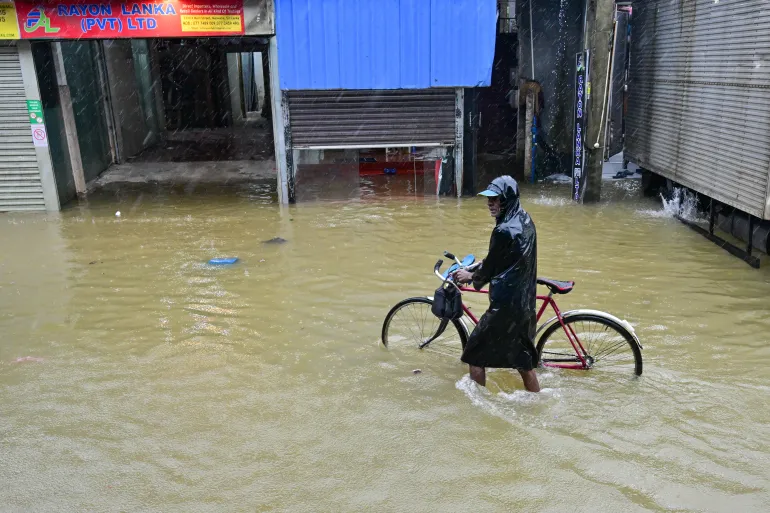
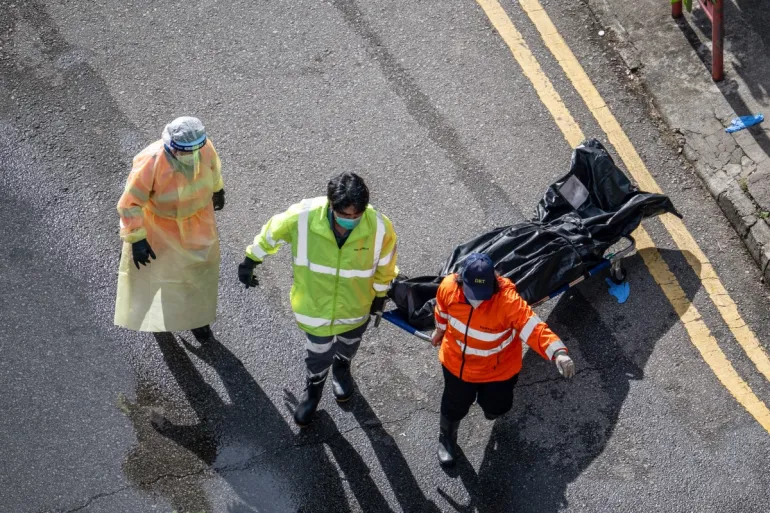

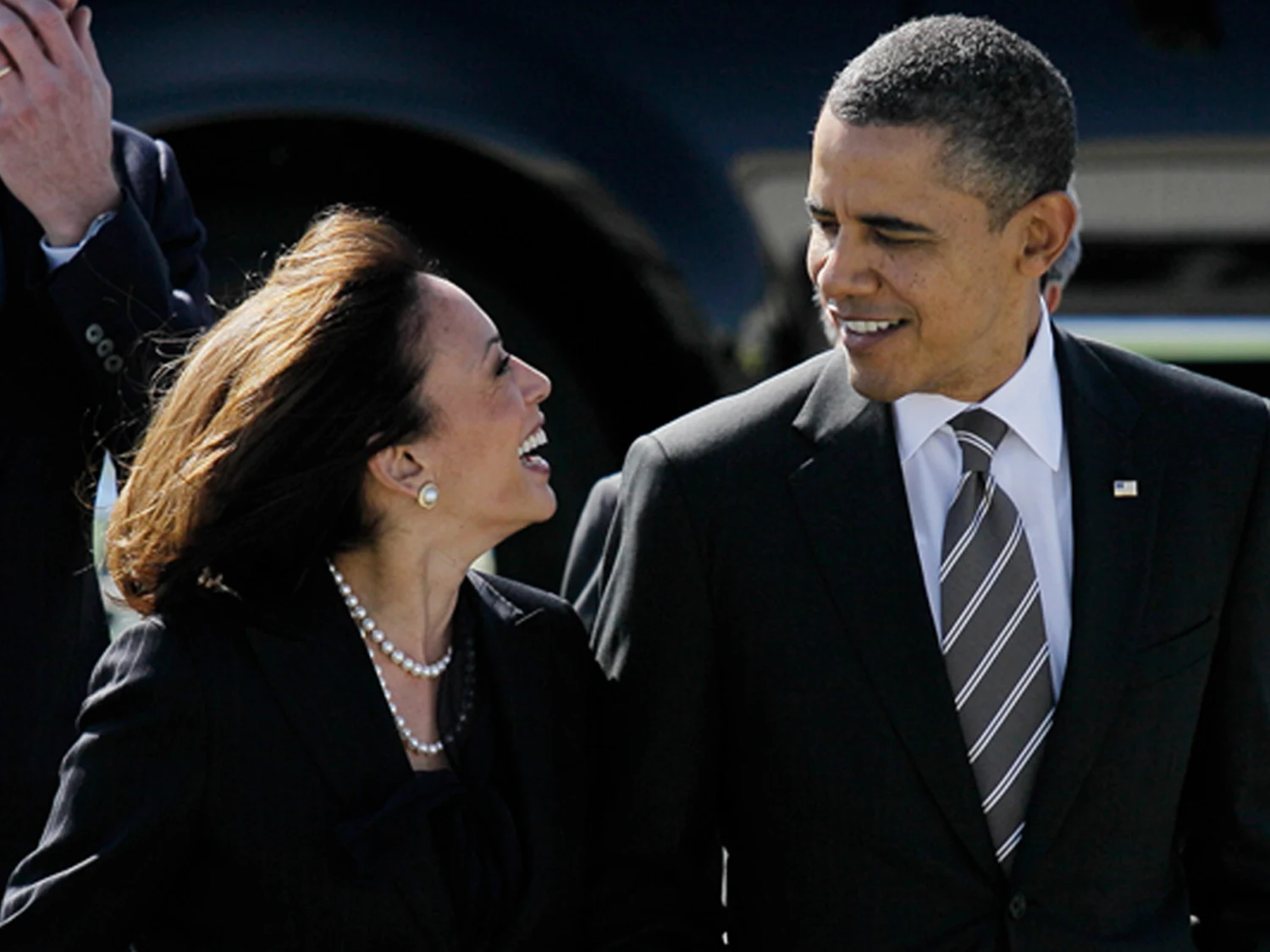
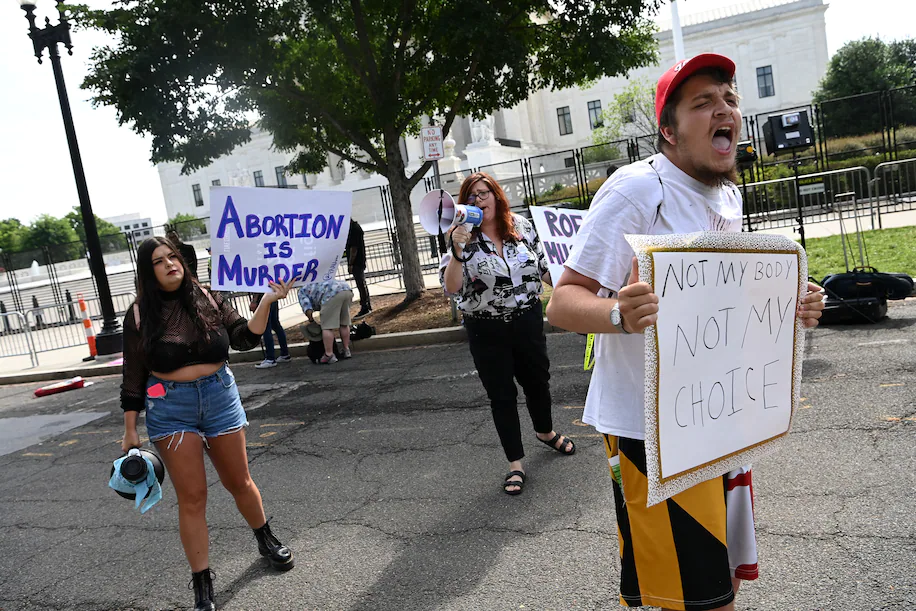

The latest news in your social feeds
Subscribe to our social media platforms to stay tuned